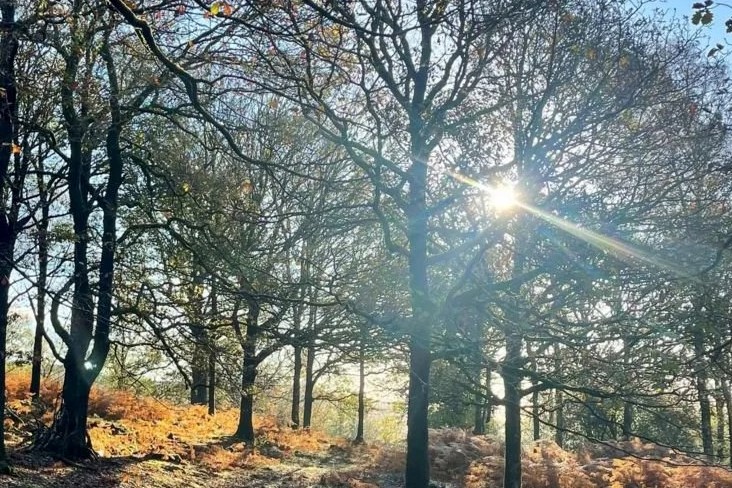A new study has revealed that UK trees store twice as much carbon as previously thought.
The laser and 3D scanning studies found that elderly trees, in particular, were crucial in combating climate change.
The study mapped nearly 1,000 trees in Wytham Wood, Oxfordshire.
“We’ve found significantly more carbon stored here,” said Dr Kim Calders, from Ghent University.
An accurate measurement of the amount of carbon captured in UK woodland could inform management decisions, as well as highlight the environmental cost of losing that wood.
Weighing a tree used to mean cutting it down until 3D scanning tools were accessible.
The most recent study, which was published in the journal Ecological Solutions and Evidence, created laser-scanned maps of each tree and then transformed them into a model.
This provided a volume measurement for each tree, which the scientists used to compute the quantity of carbon captured in the trunk and branches of each tree. It revealed that a piece of forest in the United Kingdom weighs around twice as much as prior calculations predicted.
“When you know the density of the wood, you can convert volume into mass,” explains Prof Mat Disney, from UCL. “About half of that mass will be carbon, half is water.”
Wytham Wood, one of the most scientifically studied forests in the world, is typical of UK deciduous woodland, meaning the area weighed by scientists affords an accurate estimate of the carbon value of forests across the UK.
“There has probably been an underestimation of carbon in UK woodland, but probably across Europe as well,” said Prof Calders.
As well as being important ecosystems, healthy forests remove planet-warming carbon dioxide from the atmosphere.
Prof Disney says the new findings show that, for every square kilometre of woodland lost, “we potentially lose almost twice the carbon sink capacity we thought”.
“This has serious implications for our understanding of the benefits of protecting trees in terms of climate change,” he explains.
He adds that the complex structure of mature trees means they play a role that is very difficult to replace by simply planting more trees.
“The value you have in large mature trees is almost incalculable, and so you should avoid losing that at any cost – regardless of how many trees you think about planting,” said Prof Disney.
“Those large trees are incredibly important.”









